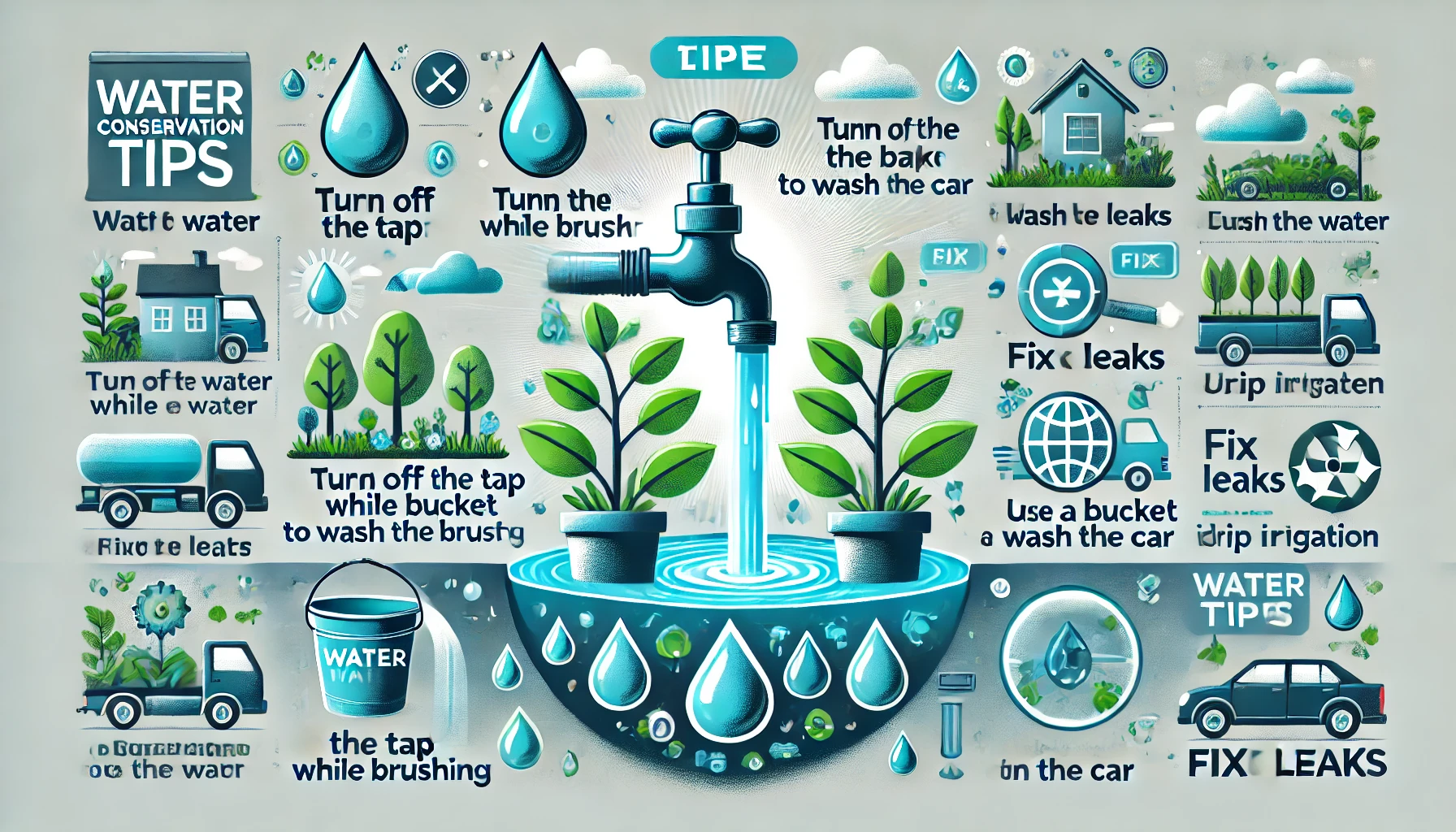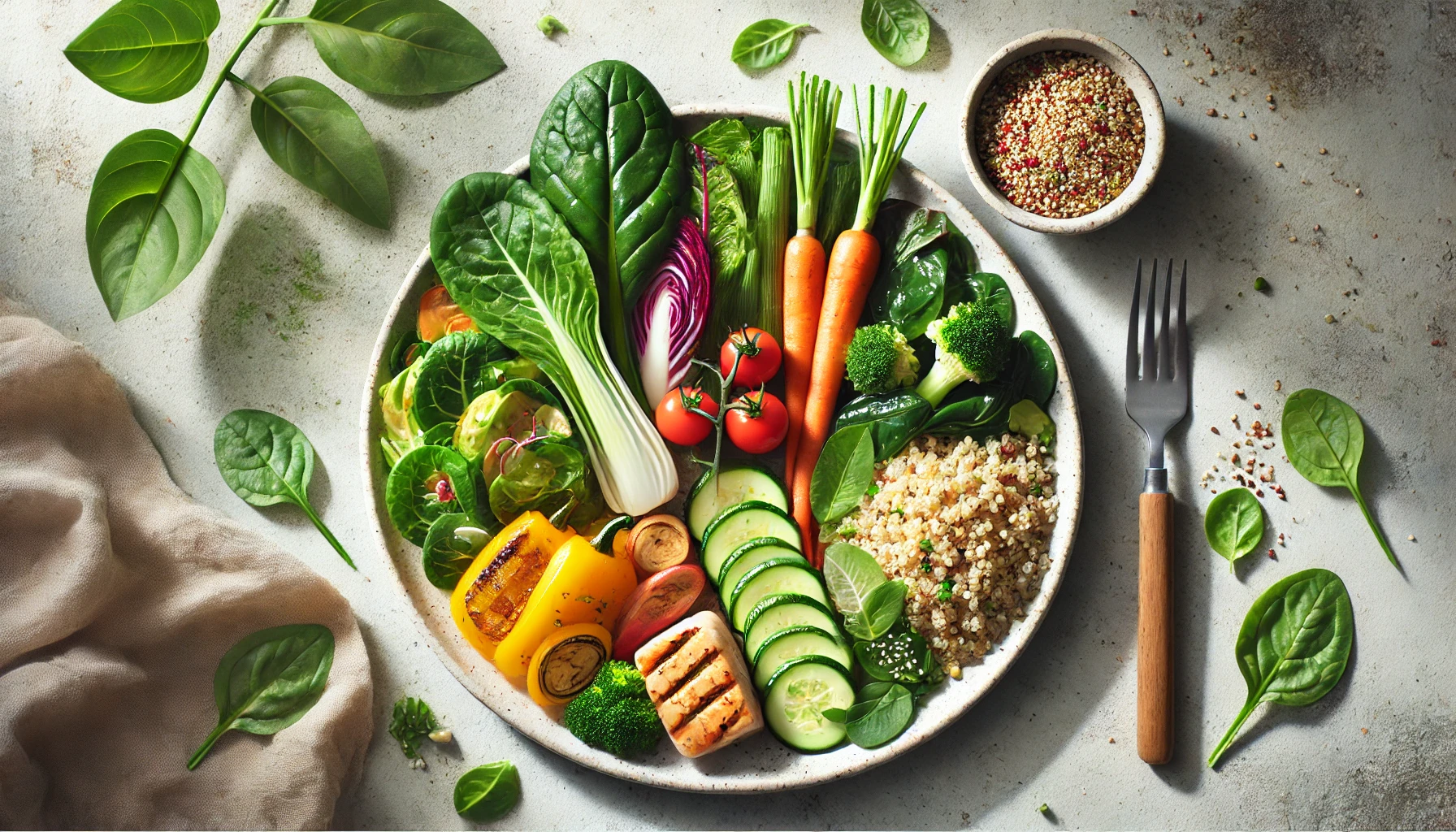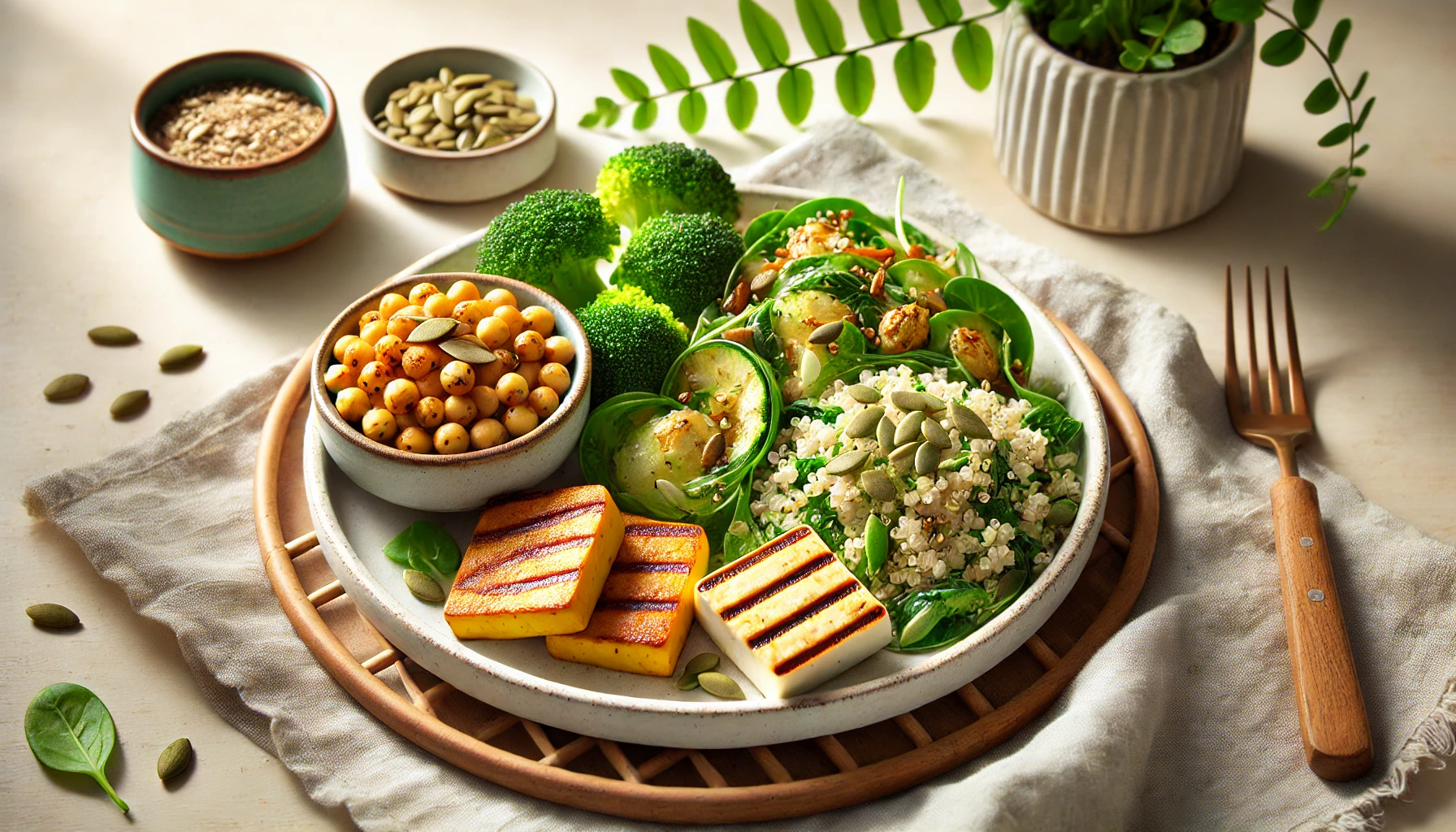“Discover easy and effective ways to save water in daily life. From home and office tips to expert advice, learn how small changes can lead to a sustainable future.”
Why Saving Water Matters
Water conservation is not just about reducing your water bill—it’s about ensuring that future generations have access to clean and sufficient water. Here are some key reasons why saving water is essential:
- Environmental Protection: Reducing water usage helps preserve rivers, lakes, and groundwater levels.
- Energy Savings: Less water usage means less energy needed to pump, heat, and treat water.
- Drought Preparedness: Water conservation ensures there is enough water available during dry seasons.
- Cost Reduction: Lower water consumption leads to reduced utility bills.
- Biodiversity Preservation: Conserving water helps maintain natural ecosystems and wildlife habitats.
Ways to Save Water in Daily Life
At Home
1. In the Bathroom
- Turn Off the Tap: Don’t let the water run while brushing your teeth or shaving.
- Fix Leaks: A dripping faucet can waste gallons of water every day.
- Install Low-Flow Fixtures: Low-flow showerheads and aerators reduce water consumption without sacrificing performance.
- Take Shorter Showers: Reducing shower time by even a few minutes can save liters of water.
- Use Dual-Flush Toilets: These allow you to use less water for liquid waste and more for solid waste.
2. In the Kitchen
- Use a Dishwasher Efficiently: Run only full loads and use the eco-setting if available.
- Wash Dishes Wisely: If washing by hand, fill one basin with soapy water and another with rinse water instead of running the tap.
- Reuse Cooking Water: Water used to boil pasta or vegetables can be cooled and used for watering plants.
- Defrost Food in the Fridge: Instead of using running water, thaw food in the refrigerator overnight.
3. In the Laundry Room
- Use Full Loads: A washing machine uses the same amount of water regardless of load size.
- Choose a High-Efficiency Washing Machine: Modern machines use less water and energy.
- Reuse Greywater: If possible, use rinse water for gardening or cleaning floors.
In the Office
- Fix Leaks and Dripping Faucets: Encourage regular maintenance of plumbing.
- Use Water-Saving Appliances: Opt for water-efficient coffee makers and dishwashers.
- Encourage Paperless Work: Producing paper requires significant amounts of water; reducing paper use helps conserve it.
- Raise Awareness: Encourage employees to adopt water-saving habits through posters and reminders.
Outdoors
1. Gardening and Lawn Care
- Water Plants in the Morning or Evening: This reduces evaporation loss.
- Use a Drip Irrigation System: It delivers water directly to plant roots, reducing waste.
- Choose Drought-Resistant Plants: Native plants require less water and thrive in local climates.
- Mulch Your Garden: A layer of mulch retains soil moisture and reduces evaporation.
2. Car Washing and Driveway Maintenance
- Use a Bucket Instead of a Hose: This significantly reduces water wastage.
- Opt for Waterless Car Wash Products: These products clean your car without water.
- Sweep Driveways Instead of Hosing: Using a broom saves gallons of water.
Expert Opinions on Water Conservation
Dr. Sarah Thompson, Environmental Scientist:
“Small daily actions, like turning off taps and fixing leaks, can make a big difference in conserving water. When communities collectively adopt these habits, we can significantly reduce water wastage and protect our environment.”
John Miller, Sustainability Consultant:
“Businesses and households must invest in water-efficient appliances and fixtures. These technologies not only save water but also reduce long-term costs.”
Emma Roberts, Climate Activist:
“Water scarcity is a growing concern, and our habits today will determine water availability for future generations. Being mindful of our water consumption is a crucial step toward sustainability.”
Table: Water-Saving Habits and Their Impact
| Action | Water Saved per Month |
|---|---|
| Turning off the tap while brushing | 200 liters |
| Fixing a leaking faucet | 1,000 liters |
| Using a low-flow showerhead | 3,000 liters |
| Watering plants in the morning | 500 liters |
| Using a bucket for car washing | 1,500 liters |
FAQ: Frequently Asked Questions About Water Conservation
1. How can I detect a water leak at home?
Check your water meter before and after a two-hour period when no water is being used. If the meter changes, you may have a leak.
2. Does turning off the tap while brushing my teeth really make a difference?
Yes! A running tap can waste up to 6 liters of water per minute. Turning it off can save thousands of liters per year.
3. What are some drought-resistant plants for my garden?
Cacti, succulents, lavender, and native plants are excellent drought-resistant options that require minimal watering.
4. Is it better to hand-wash dishes or use a dishwasher?
A modern, energy-efficient dishwasher uses less water than washing by hand. Always run full loads for maximum efficiency.
5. How does water conservation help the environment?
It reduces the energy needed to process and deliver water, lowers pollution levels, and helps maintain natural water bodies for wildlife.
6. Can I reuse greywater safely?
Yes! Greywater from washing machines or sinks (not toilets) can be used for watering plants, but avoid using it on edible crops.
Conclusion
Water conservation is a shared responsibility that requires small but meaningful changes in our daily lives. Whether at home, in the office, or outdoors, adopting water-saving habits can help preserve this vital resource for future generations. By following the tips outlined in this article, you can make a significant impact on water sustainability. Start today, and be a part of the solution!
